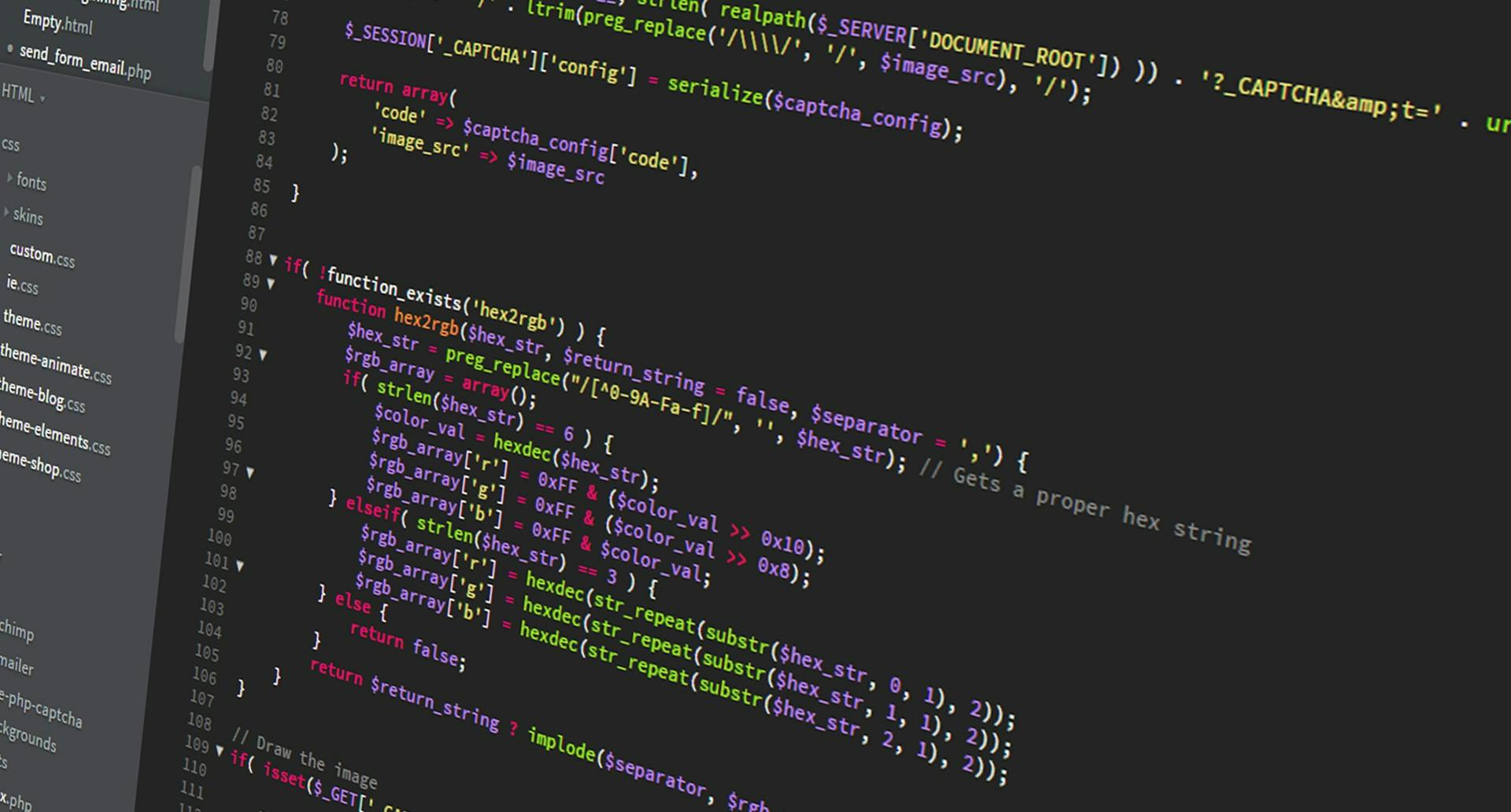Schedule a Demo
In the realm of digital commerce and service, having a website that accommodates a variety of device types isn't just a nice-to-have—it's a necessity. As an owner navigating the space where business meets technology, I've found that user conversion rates hinge significantly on the seamless experience a responsive design can offer.
Flexbox isn't a new kid on the block anymore, but its role in creating adaptive, responsive layouts cannot be overstated. It allows elements to flex and adjust to different screen sizes effortlessly, which is vital for ensuring that your booking-enabled website remains functional and aesthetically pleasing across devices. When implemented correctly, Flexbox can drastically improve the user experience, which in turn, boosts user conversion and SEO performance.
For more complex, multi-column layouts, CSS Grid has emerged as a game-changer. It allows for precise control over the layout of items on a grid, making it incredibly useful for designers looking to tailor websites to specific business needs. By using Grid, you can design intricate layouts that support your booking functionalities without sacrificing speed or user interaction on mobile devices, ultimately fostering higher conversion rates.
Media queries are the bread and butter of responsive design, enabling your website to apply different styles based on device characteristics. Whether it's adjusting font sizes for better readability on mobile or repositioning booking buttons for easier access, media queries allow for personalized user experiences. I've noticed how simple tweaks like these can lead to significant improvements in how users interact with and convert on a booking site.
Embracing a mobile-first design philosophy isn't just about following trends; it's about understanding where a lot of your traffic is coming from. Starting your design process with the smallest screen size forces a more focused approach on what truly matters for user engagement and conversion. As a result, the larger screens merely build upon the foundation set for mobiles, ensuring a seamless scaling of your site's design.
High-quality visuals are vital for a design-focused site, but they can also be a drag on performance if not handled properly. Using CSS to optimize and serve the right-sized image for each device not only improves load times but also affects the site's ability to convert users. Slow loading times can lead to high bounce rates, whereas fast, image-optimized sites keep users engaged and more likely to book.
The viewport meta tag is crucial for ensuring that websites display correctly across different devices. By setting the viewport, you control how your page is viewed on a screen, which directly influences your booking website's usability and, hence, user conversion. My experience tells me that getting this right from the start can prevent a lot of headaches down the line, especially in terms of how clients interact with your booking interfaces.
I advocate for a progressive enhancement strategy when it comes to building responsive websites. This approach starts with ensuring the core functionality of a booking-enabled site is available on all devices, then layering on more advanced features for devices that can support them. This ensures that every user, regardless of their device, can access the basic service of booking, while those with more capable devices enjoy an enhanced experience, all of which contributes to better user conversion rates.
The true power of a responsive booking website often lies in the combination of CSS with JavaScript. JavaScript can enhance the functionality of your site, enabling dynamic content changes that meet user expectations for an interactive experience. This synergy not only supports complex design elements but also plays a pivotal role in creating an environment conducive to high conversion rates.
CSS preprocessors like Sass or Less bring efficiency to the table by enabling the use of variables, nesting, and mixins. I've found that they streamline the development of responsive booking sites, making it easier to maintain a clean and modular codebase. This efficiency translates into quicker iterations and updates, which in turn supports ongoing optimization for user conversion.
Typography is key to user retention and conversion. With responsive typography using CSS, you can ensure that text remains legible and engaging across all devices. Adjusting line heights, font sizes, and spacing can significantly enhance the readability of content on booking pages, prompting users to take the next step in the conversion funnel.
Setting the right breakpoints can be an art form. They dictate how your booking-enabled website transitions across different screen sizes, directly impacting the user experience and conversion rates. Choosing these points strategically, based on where the most common device widths occur, can lead to an optimized design flow that ensures maximum user engagement and bookings.
It's essential to acknowledge that while CSS offers numerous techniques for responsive design, there are limitations and considerations. Differences in browser rendering, device capabilities, and the complexity of content can challenge even the most robust CSS strategies. Based on available research, the ongoing adjustment and optimization of these CSS techniques are crucial for maintaining high user conversion and engaging designs. Individual results may vary, so continually test and refine your approach to responsive design.
